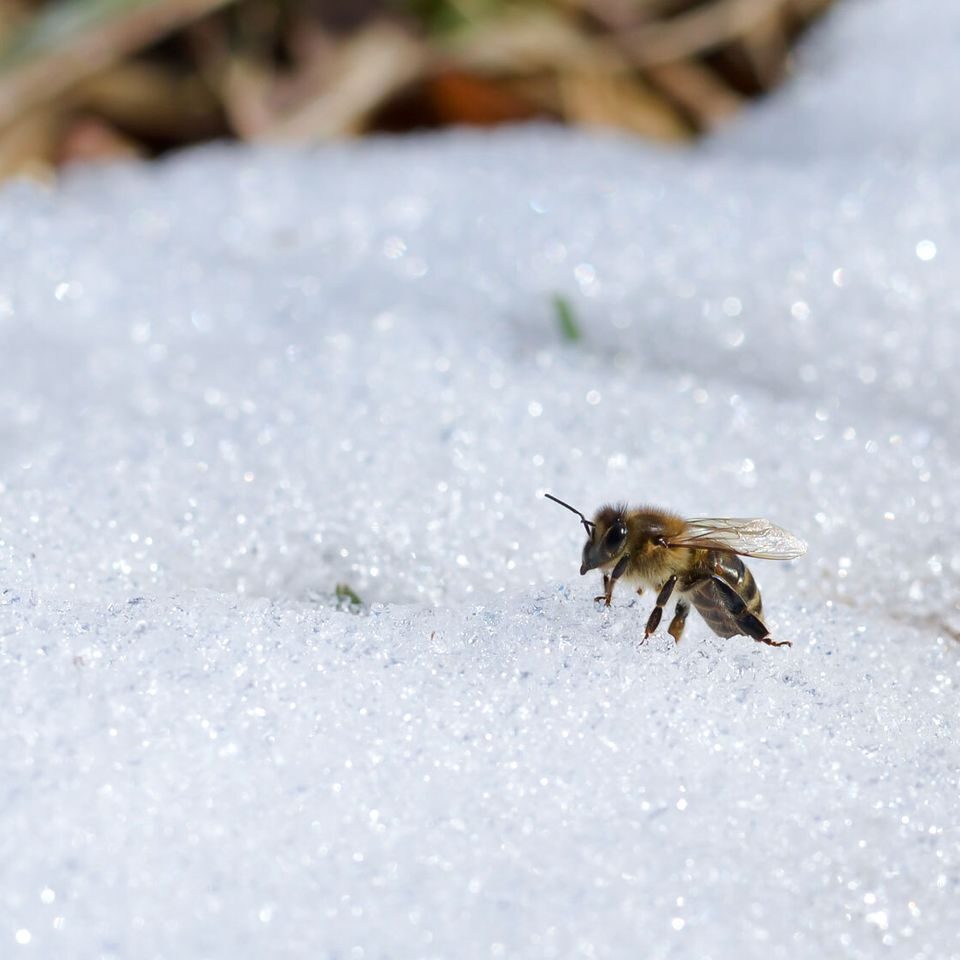Last week we covered tree adaptations for extreme winter cold survival, so this week let’s explore how the insect pests that feed on our trees survive those same extreme conditions.
Trees and other plants are immobile organisms, meaning they cannot respond to their environment by leaving it. Insects, however, can escape harsh environments in an effort to survive. This means one of their primary survival techniques is avoidance. Freeze-avoidant insects migrate away from winter freezing temperatures to more southern and warmer environments where freezing temperatures are much less common. Insects, such as the Monarch butterfly, migrate south to Mexico as summer comes to an end. The same butterflies that travel south in the winter will then fly back north the following spring to complete their lifecycle. Other insects may migrate south to avoid freezing weather, but their trip will be one-way. These insects complete their lifecycle after migration, and the second generation is born the following spring. Their second generation will then migrate back north either deliberately or by spring storm winds sweeping them up from the south.
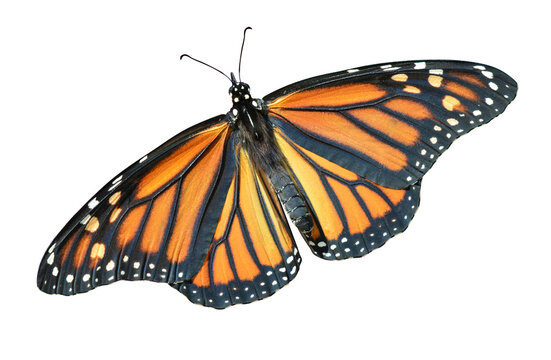
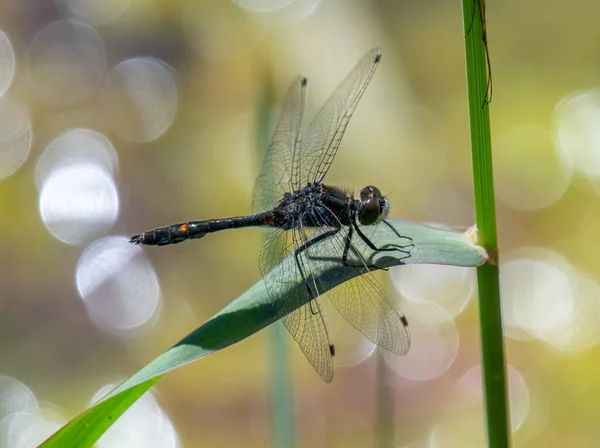
You may find other strategies for winter survival much closer to home. They may even be invading your home in the fall! These insects are often called fall invaders and include those pesky lady beetles that always find their way into our homes through windows, doors, and various cracks and crevices. They avoid freezing by coming inside with us where temperatures stay warm enough for survival. You may be wondering how these insects survived before the mass development of housing in North America. Well, although our homes are heated for our comfort in the winter, these insects previously would overwinter in any available debris or burrows they could find. Leaf litter, fallen tree limbs, and any sort of protected space near the ground are also habitable spaces in the winter for these various critters. We covered Cicadas a few weeks ago, and they employ an avoidance strategy in the same way by living deep underground for years where the soil temperatures stay warm.
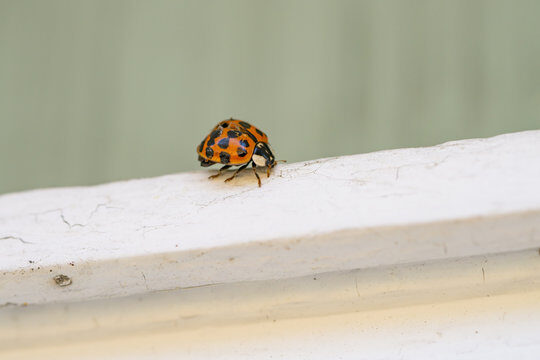


A unique example worth covering is honeybees. These helpful insects have adapted to be continuously active even during winter freezing temps! Because honey bees cooperate in colonies, they can work together by exercising their flight muscles to produce heat. Believe it or not, some honeybee colonies may remain as warm as 50 degrees Fahrenheit (10 C) even through tough, frigid temperatures! Bees born in the winter also have a much longer lifespan than bees born in the summer. A winter bee can have a lifespan as long as 8 months, versus the 30 days of a typical summer bee.
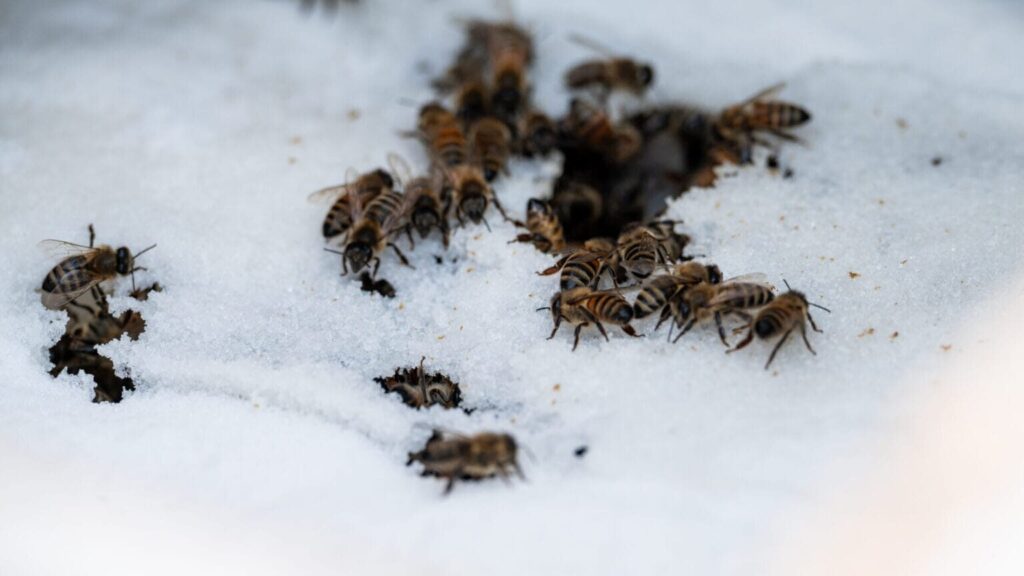
Similar to a strategy trees employ, some insects may also produce substances inside their tissues that may manipulate the freezing point of water or prevent ice crystals from damaging vital organs inside their body. Glycerol is a common form of anti-freeze used in our cars as a coolant. It’s called anti-freeze because previously undiluted water was used for car coolant, which would subsequently freeze during the cold winter months in northern states. Glycerol is the same substance that numerous insects produce inside their bodies to prevent ice crystals from damaging their organs. They’re quite literally producing anti-freeze inside themselves!
Of course, all of the pests that attack and damage our trees may employ any one of these strategies to survive winters in Illinois or elsewhere. Without treatment, they will return annually to cause damage to the health and aesthetics of our living landscape. Call Homer Tree Care and get in touch with our qualified arborists to help remediate any pest problems your trees may be infested with.

